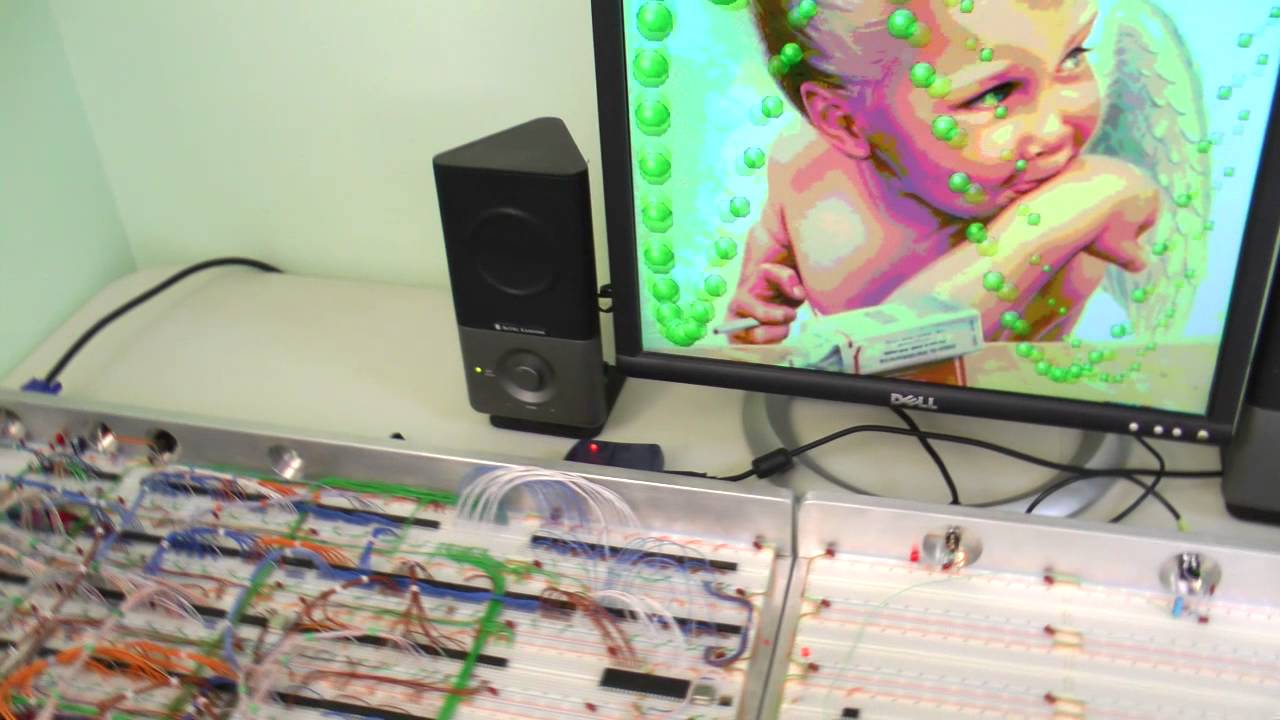First, thanks for keeping the 90’s alive for me with Renoise! Computers stopped being fun after my A500 days, but Renoise helps a lot.
Ok, this is probably an odd question, and I have been all over the manual and other forum posts.
What I am trying to do is run Renoise completely headless on a dedicated PC placed inside some custom hardware (already built).
I need Renoise to do only the following…
- Load up to 256 samples into PC RAM. Samples up to 16 seconds in length, most much shorter.
- Trigger up to 8 (prefer 16) of those samples via midi or the OSC option. Low lag needed.
So really, I just need it to replace the 16 channel sample player I built using a lot of hardware a few years back. 16 dedicated 12 bit dacs, each on its own custom phase accumulator circuit. Much like a Fairlight.
The PC (good spec) will be running windoze and have everything stripped to the minimum for max performance. The PC will boot, launch Renoise and then listen on the USB port for external commands from my custom hardware through a driver I have already written.
Since I wrote the hardware interface, I can have it control Renoise via midi or OSC (whatever seems most logical). I even considered using a mouse and keyboard control hack if needed. Since the PC will do nothing else, I have total control to make this work.
So, what do you think? Can Renoise be made into a headless sample player?
My other option is to spend 2 years learning how to write a dedicated WASAPI player, but I am not really wanting to spend that much time.
Cheers!
